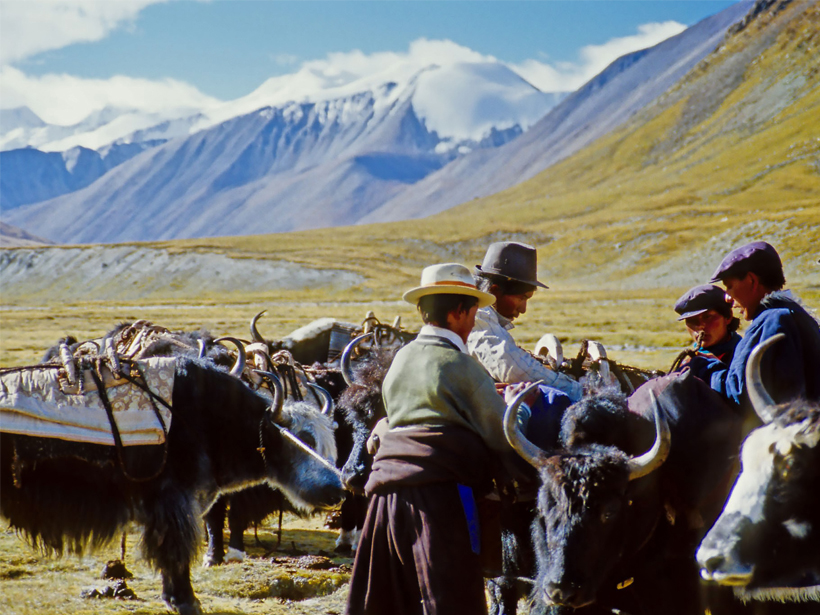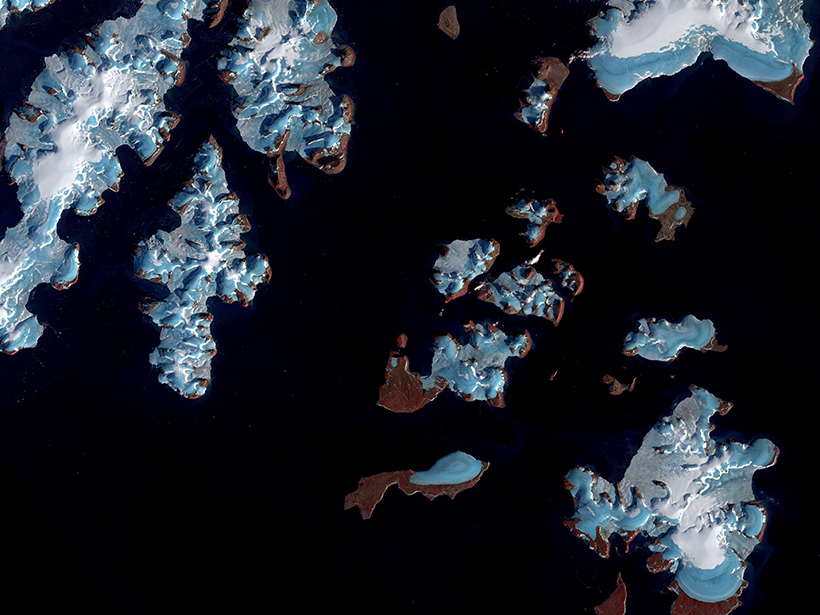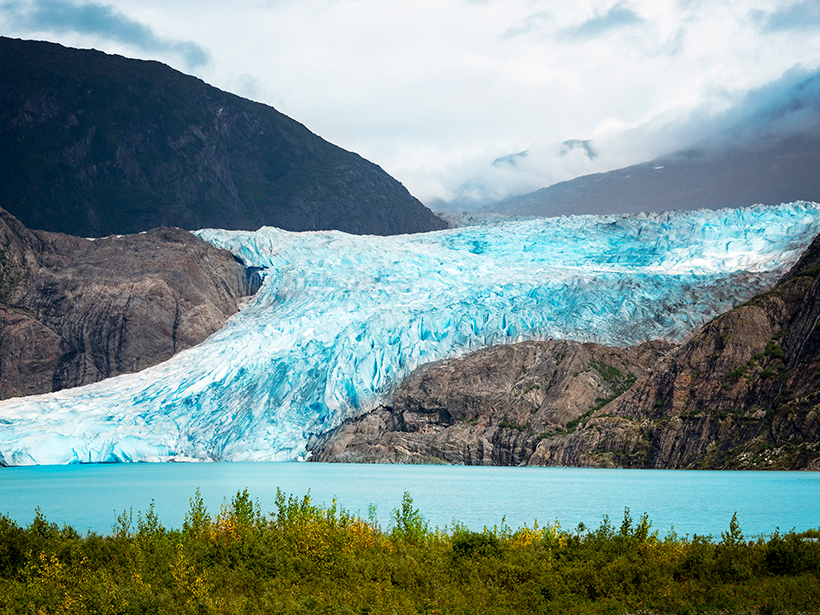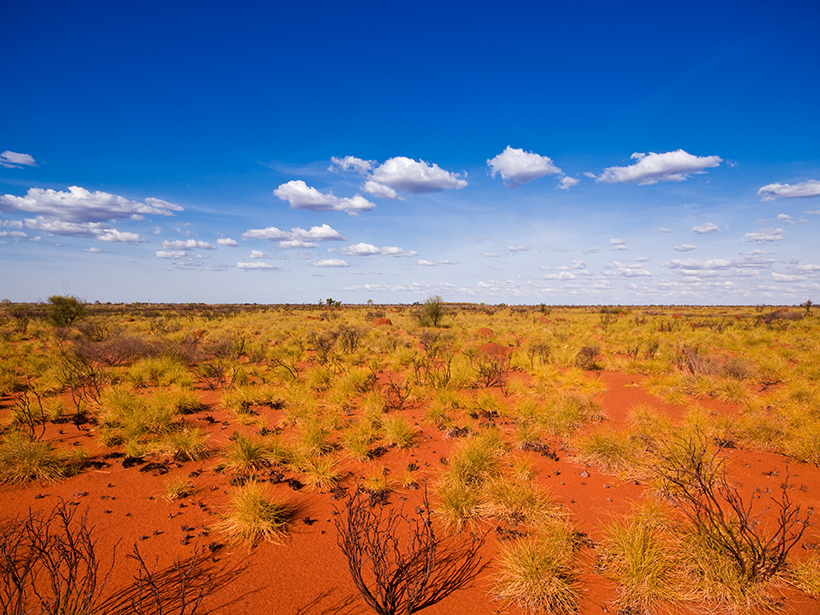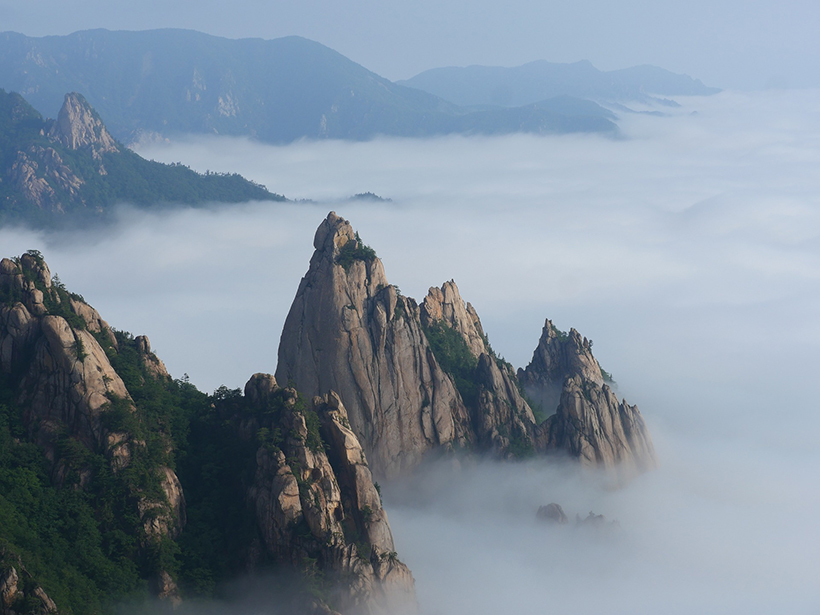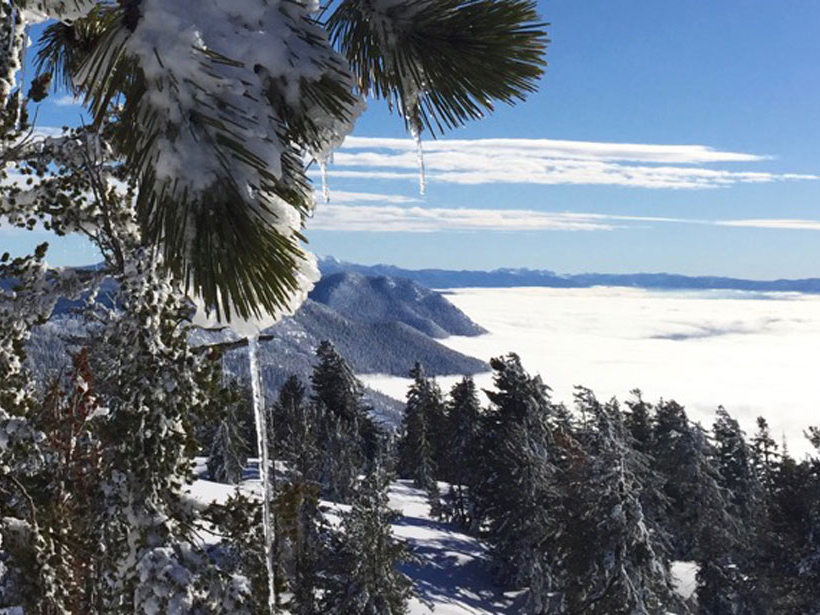An unprecedented global assessment examines climate, economic, and governance threats to mountain systems and the benefits they provide, suggesting pathways toward sustainability.
mountains
Fast-Melting Mountain Glaciers Speed Up Sea Level Rise
Satellites spy on remote alpine glaciers, producing more accurate—and higher—estimates of ice loss over time.
Glacial Census Reveals Ice Thicknesses Around the World
Researchers modeled over 200,000 glaciers and found that mountainous regions in Asia contain significantly less glacial ice than previously estimated.
Unraveling the Origins of Australia’s Ancient Mountain Chains
New data synthesis suggests that varying rates of trench retreat along the margin of the Gondwana supercontinent were responsible for the curvature of the Tasmanide mountain chains.
Peruvian Mountain Birds Take an “Escalator to Extinction”
As the climate warms, tropical birds living in the mountains are retreating to higher elevations to avoid the heat. What happens when they run out of mountain slope to escape to?
What Shaped the Northern Apennine Deformation Front?
An integrated interpretation of well and seismic reflection data from Italy’s Po Valley shows the range’s undulations are controlled by the slope and composition of two major gliding horizons.
New Simulation Supports Chicxulub Impact Scenario
Mountains ringing the center of Earth’s most famous impact crater consist of porous rocks. Computer models of the impact can now predict those rocks’ microstructure.
U.S. and China Assess Ecosystem Effects of a Fading Cryosphere
Impacts of a Changing Cryosphere on Lakes and Streams in Mountain Regions: US-China Collaborative Workshop at Qinghai Lake; Qinghai, China, 21–27 August 2017
Cycles of Mountain Building Formed 2018 Winter Olympics Terrain
The Korean Peninsula’s rich geologic history can be traced on the slopes of the alpine ski course.
How Does Snow Affect the Intensity of Mountain Precipitation?
A new investigation into the sensitivity of extreme precipitation in a changing climate indicates that more winter rainfall and protracted snowmelt may require local adaptations to winter flooding impacts.

